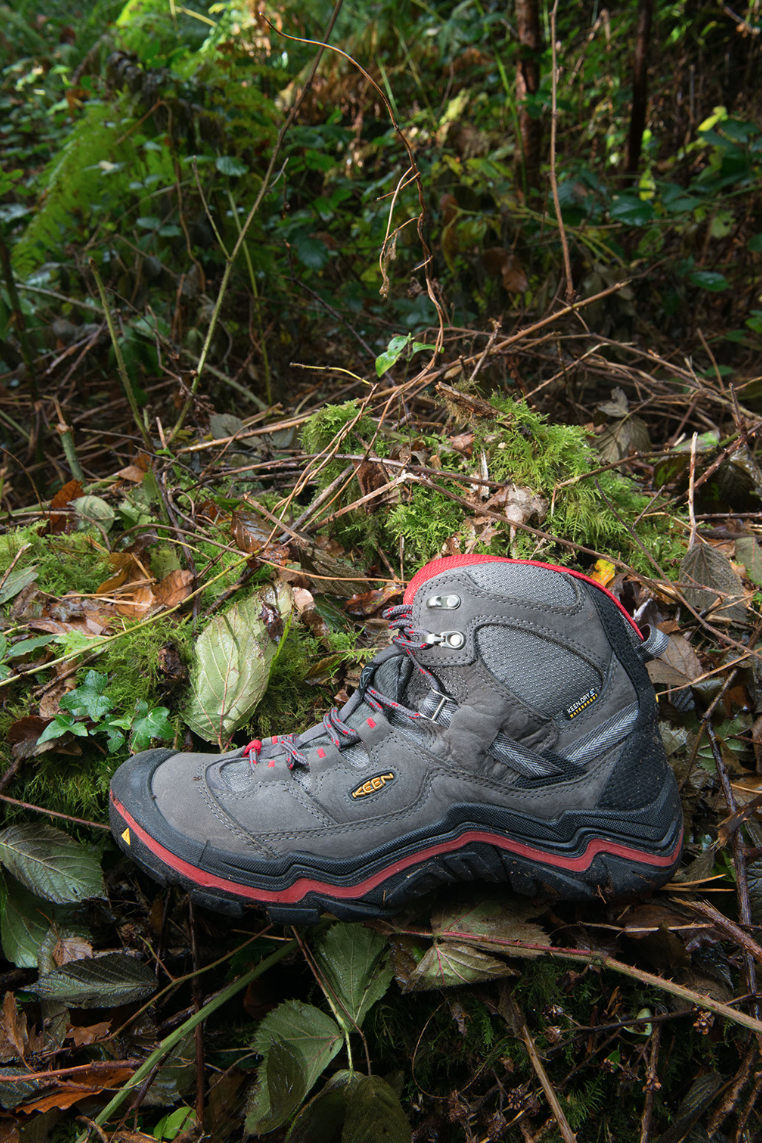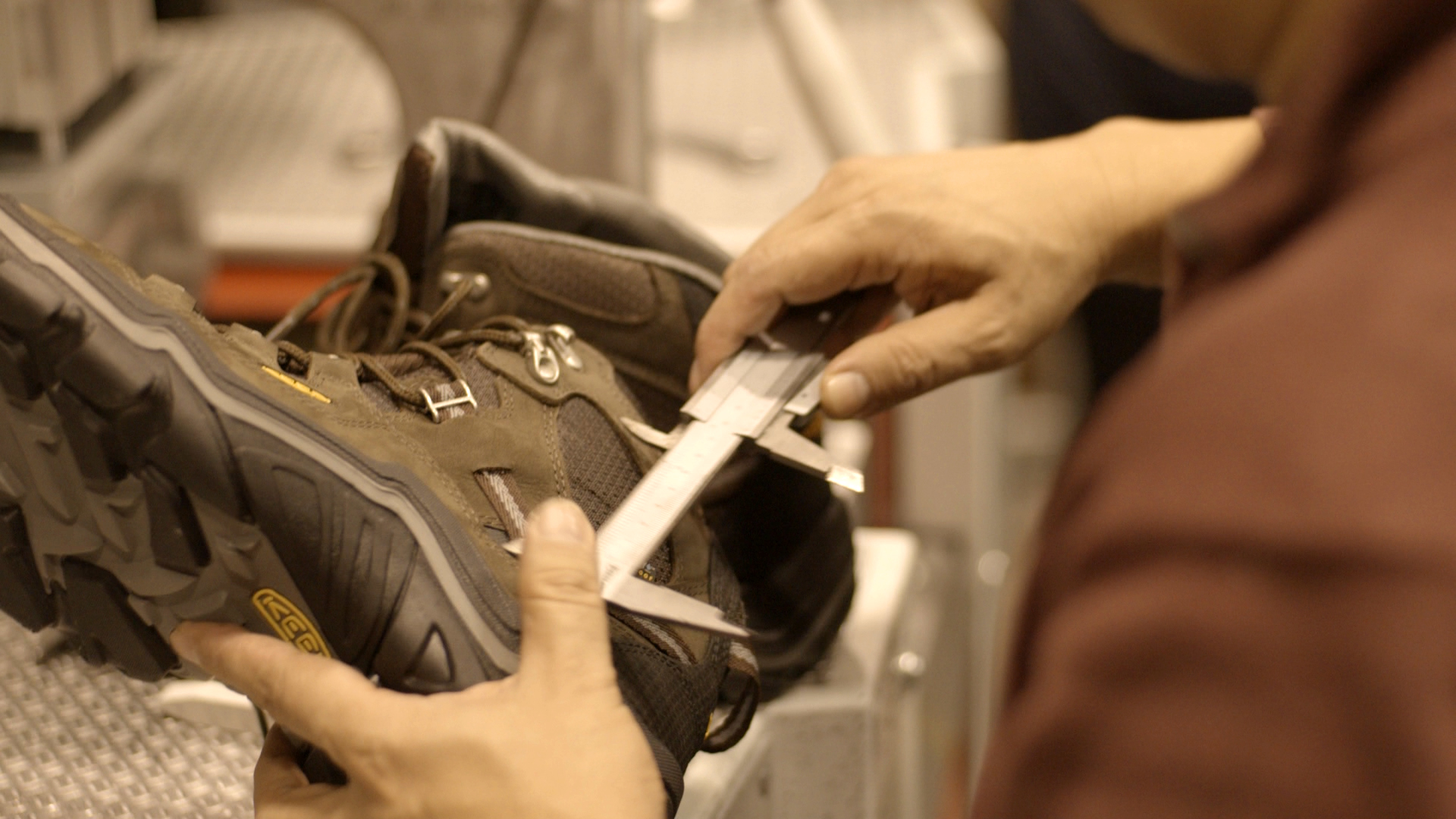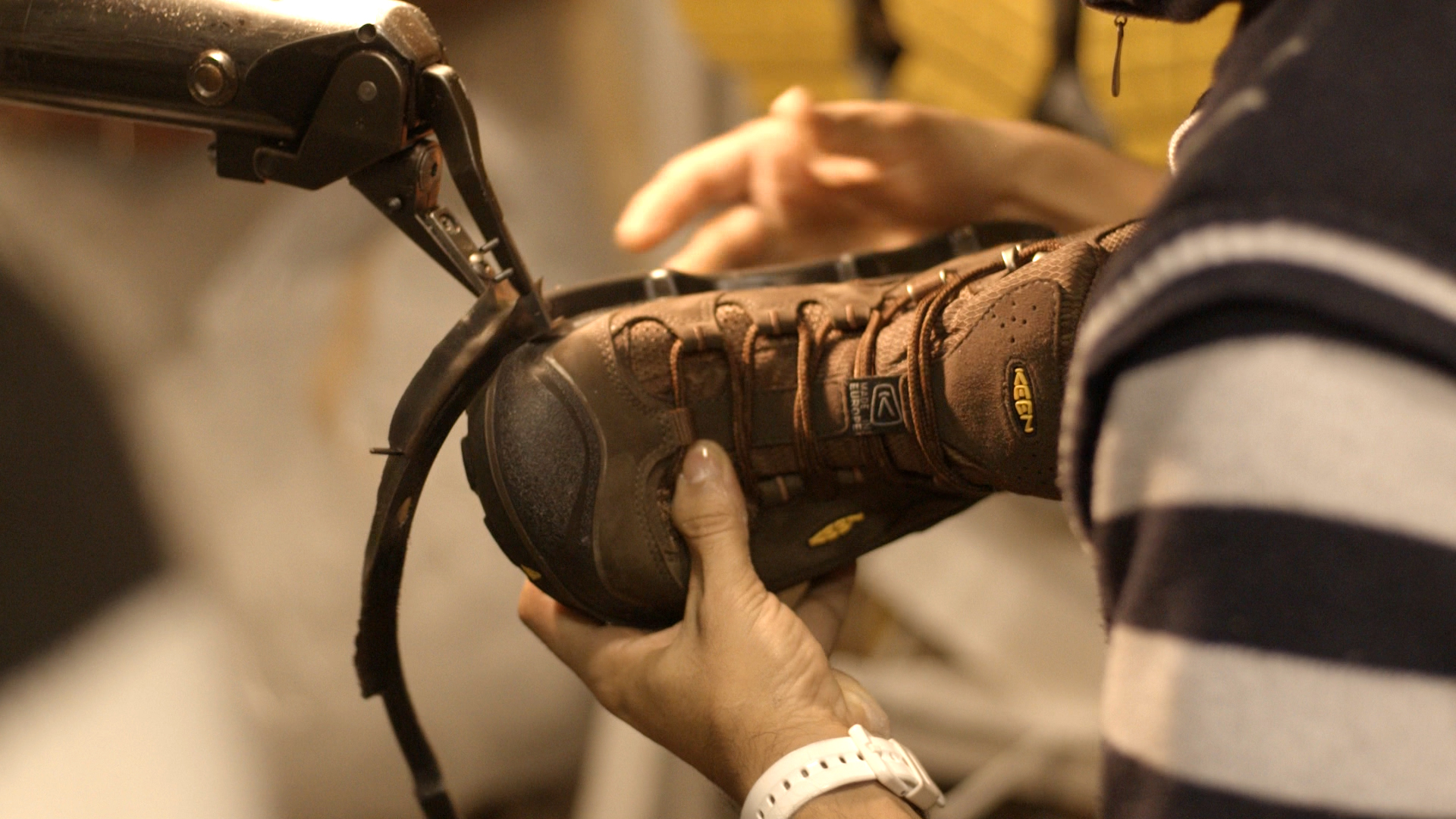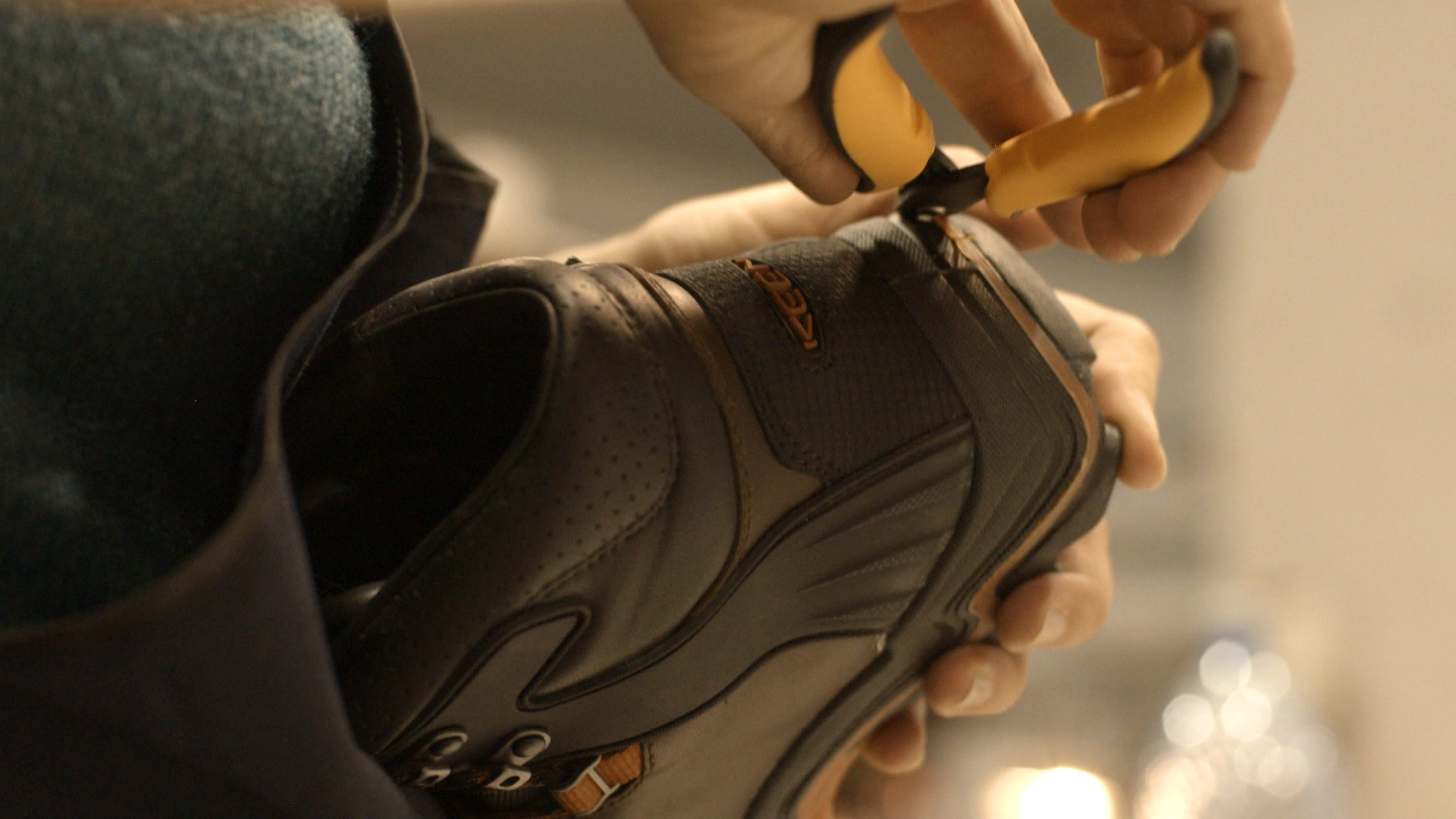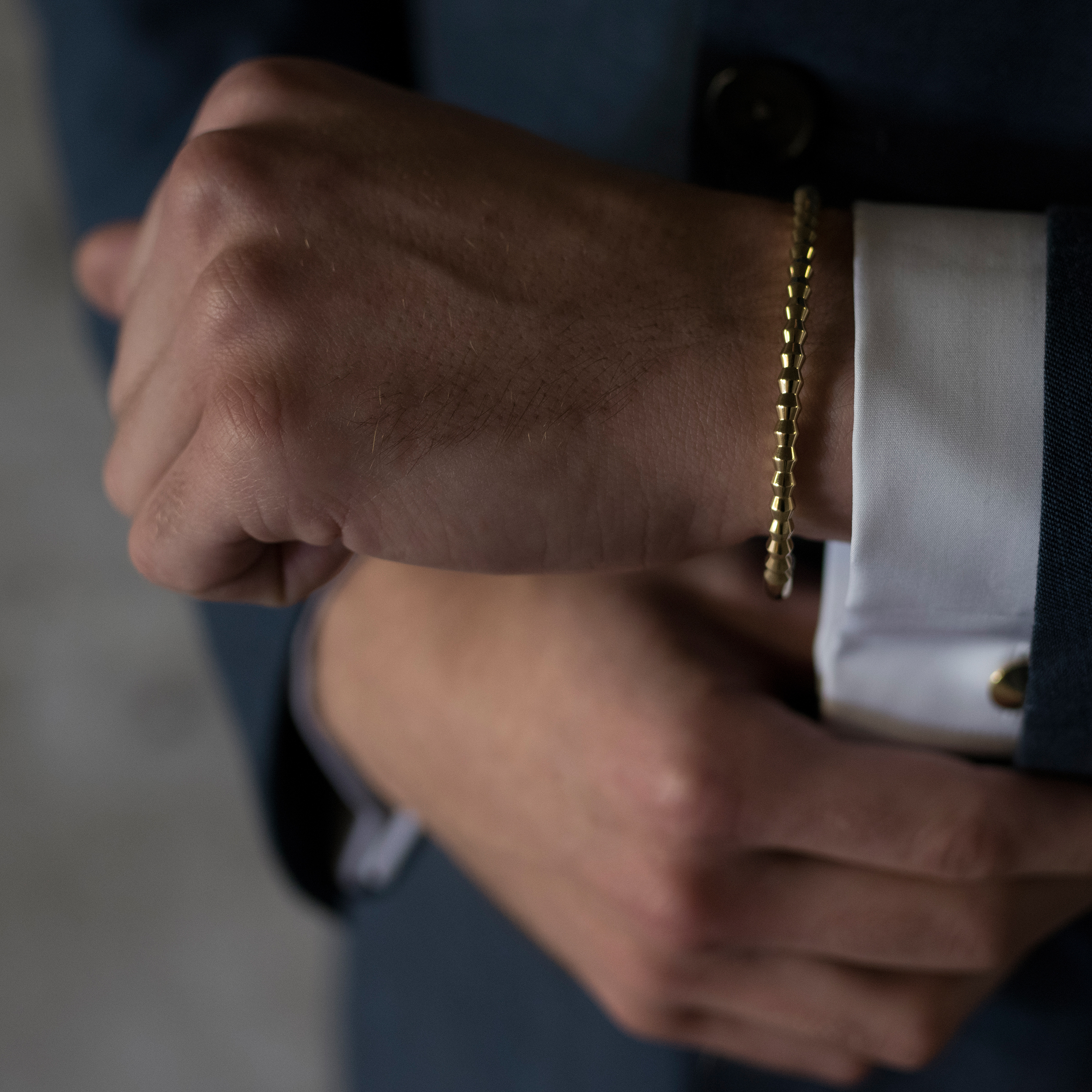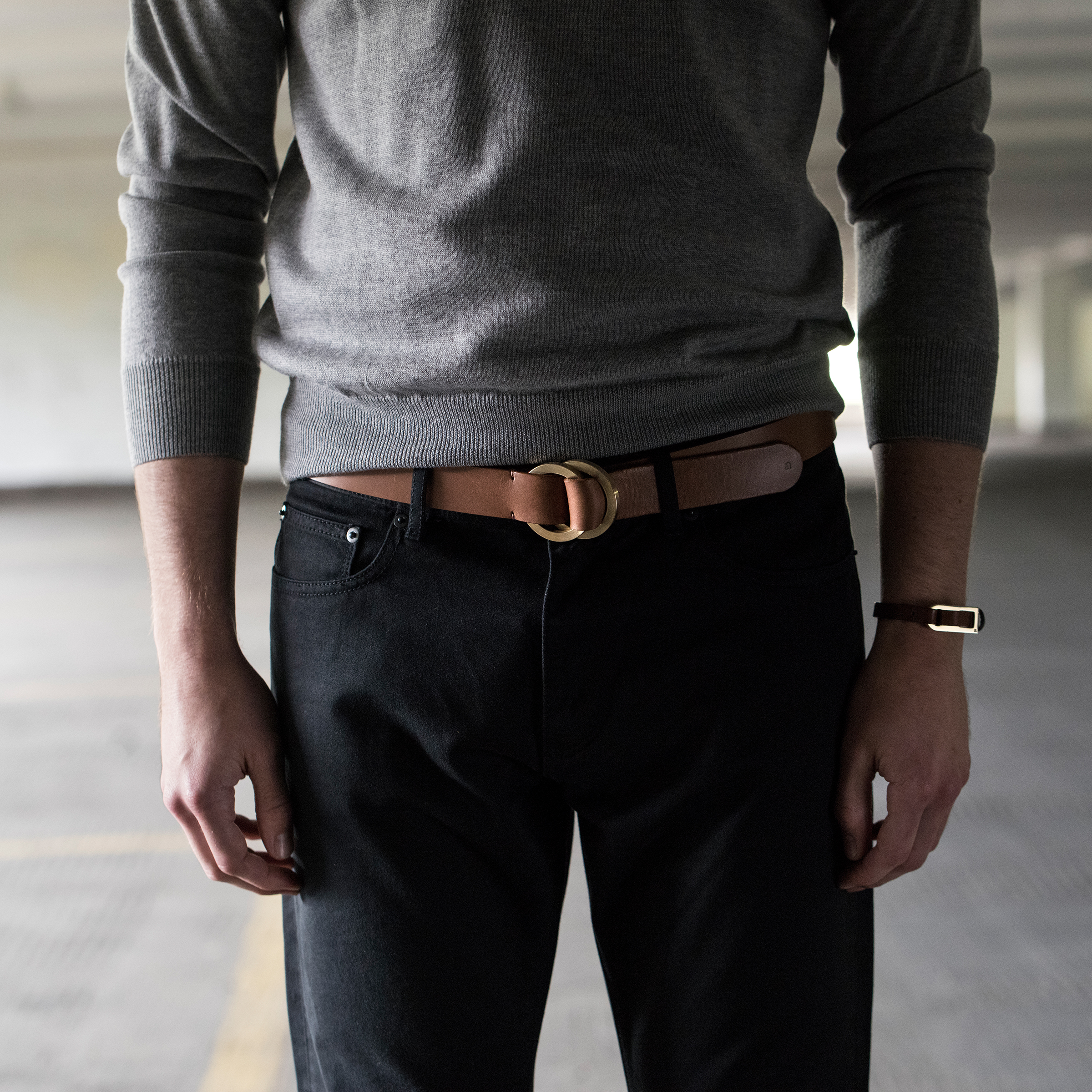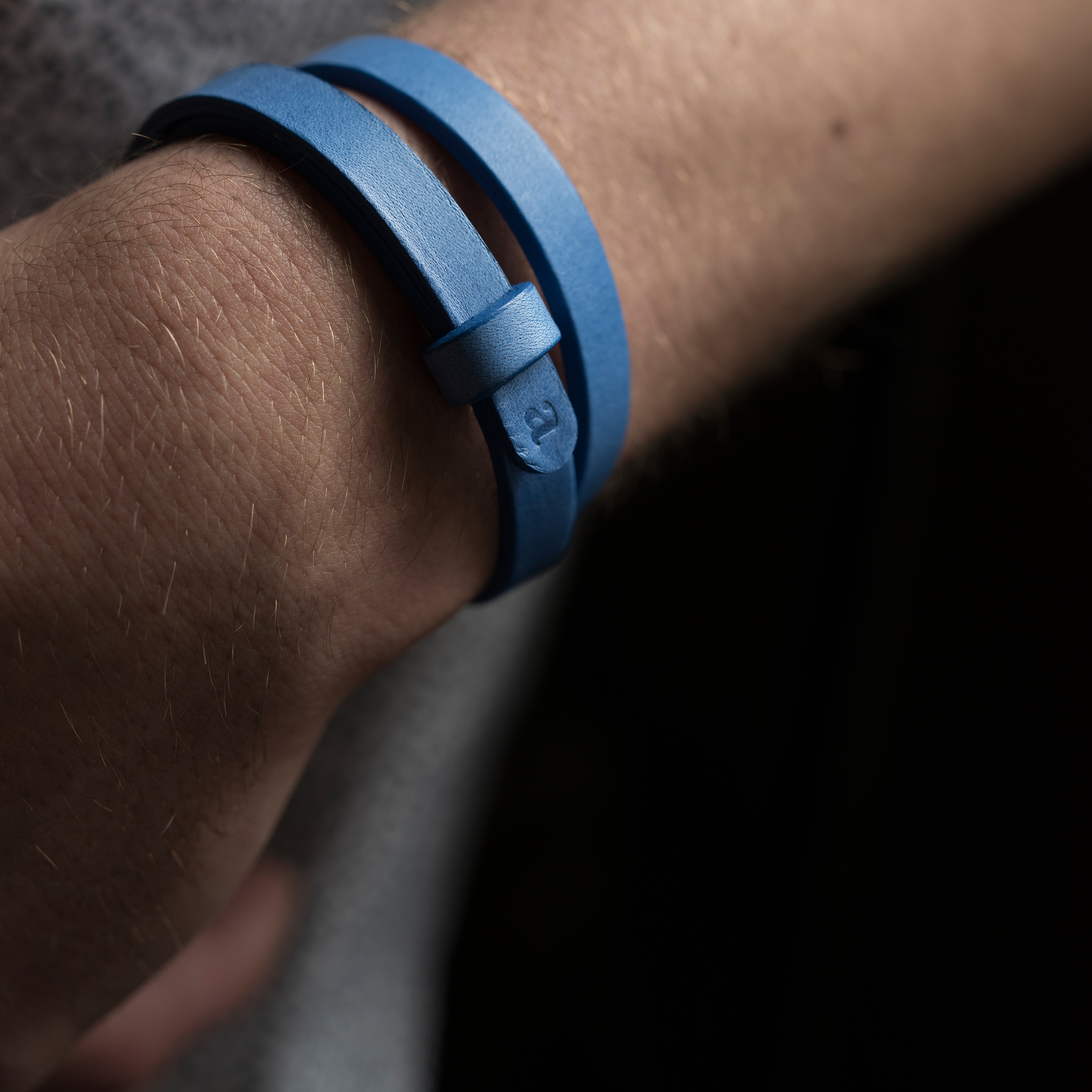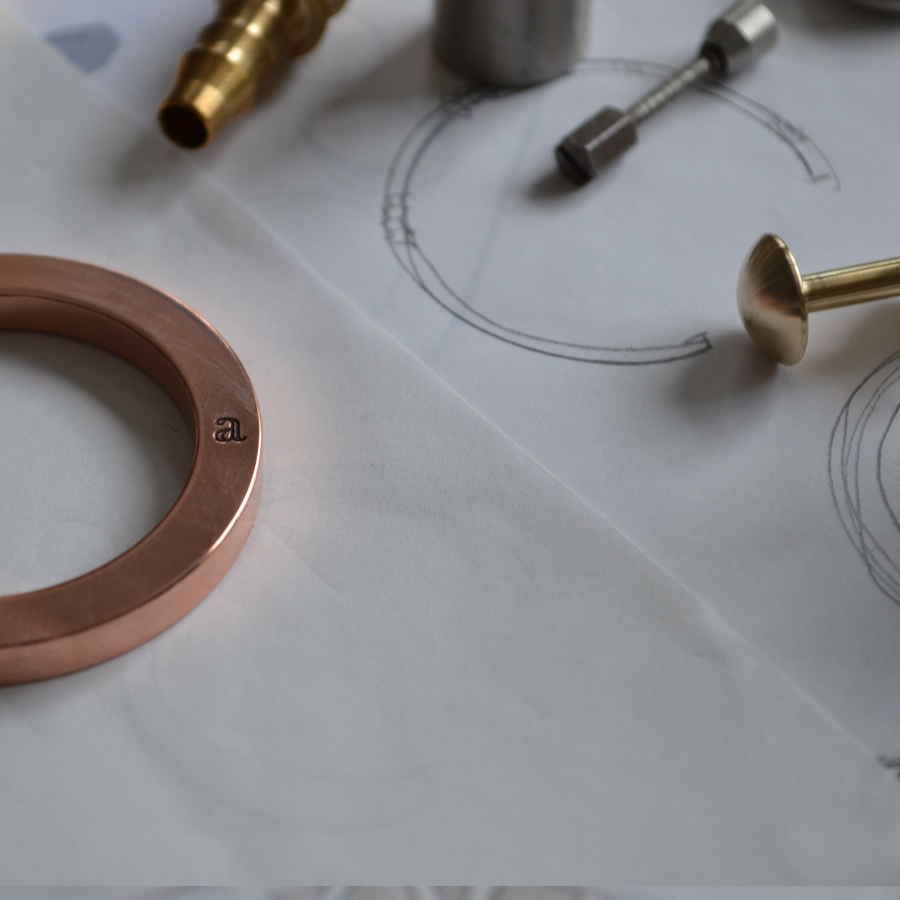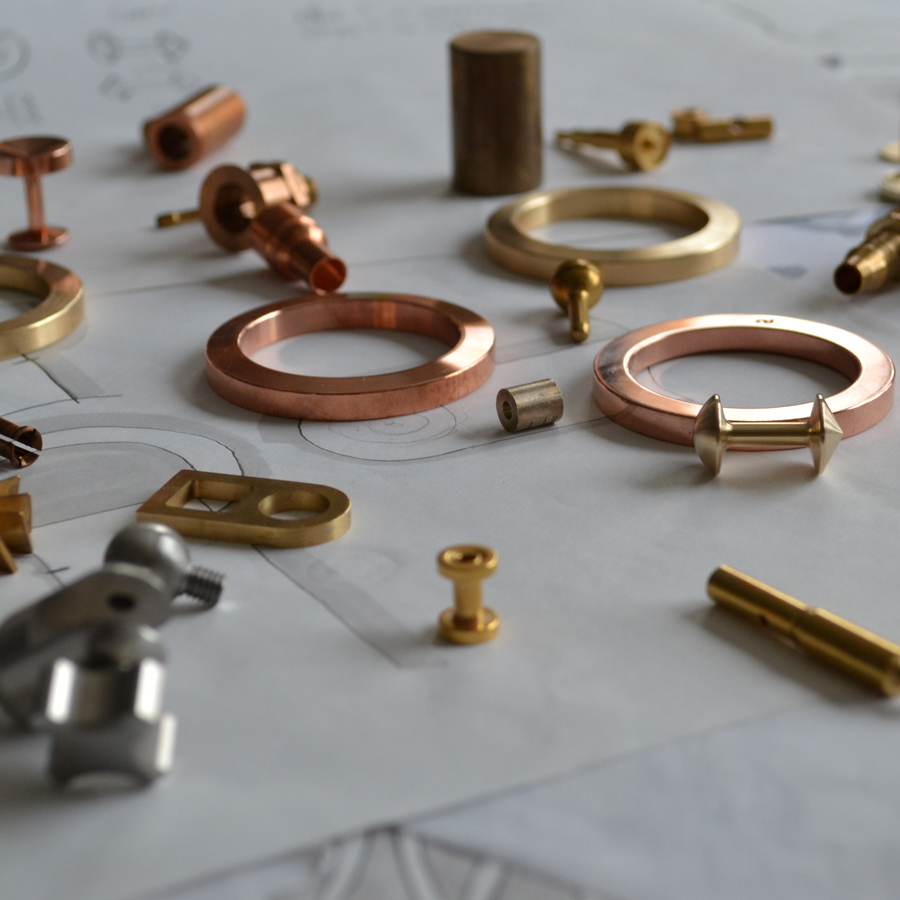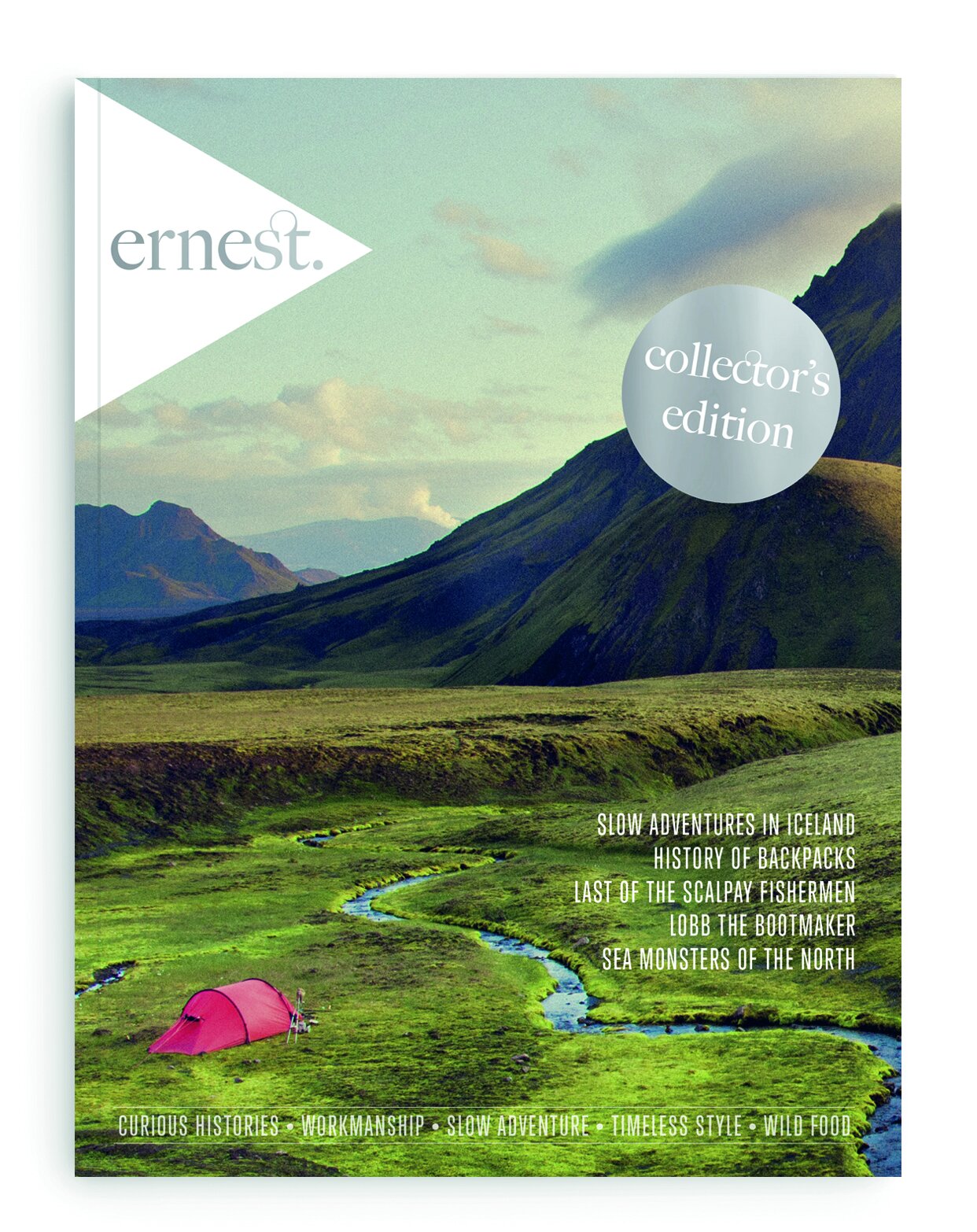We caught up with innovative outdoor footwear makers KEEN to talk about their new Durand boot and why this pioneering company believes fervently in the future of local manufacturing
Tell us about the Durand boot…
The KEEN Durand WP is a lightweight, durable and comfortable boot that’s proving a hit with hikers. With super grip and shock absorption, they’re perfect for long hikes in the hills, a pacy trek on mixed terrain or more leisurely low level hikes.
But can it cope with the British weather? We’ve just started naming storms you know…
Of course! Not only does the boot feature a mesh lined nubuck leather upper, we’ve also used our own KEEN.DRY waterproof membrane, so the Durand will ensure your feet stay comfortable and dry whatever the elements have in store.
Let’s get technical – what is so special about how these boots are made?
The Durand is a resilient boot with unmatched shock absorption and incredible underfoot support. First off, an integrated heel cushion locks directly into the footbed to support the foot while maximising shock absorption, whilst a dual-compound outsole combines two distinct types of rubber – one around the edges to enhance edging and grip, and another in the centre to maximise durability in high-wear areas.
One of the core technologies we’ve used is our own unique direct-injection technique, which attaches the nubuck leather and breathable mesh membrane directly to the midsole, using polyurethane. This mechanical bond requires less petroleum-based cements, has no volatile chemicals and also delivers long lasting durability and shock absorption.
Why did you decide to move the production process to Europe?
We understand that buying locally-made products and supporting the European economy is important to our customers, so as of autumn/winter 2015, we’re proud to be moving the production of the Durand Mid and Low WP to Europe along with two other new lines – the Liberty Ridge and Durand Polar. Plus, the new European factory will also double as a learning and test centre, where our R&D team can use modern technology to experiment and create high quality, innovative products.

